Rapid chargers for EVs are divided into grades based on output.
The fastest speed is over 140~220kW, but currently half of them are around 50kW.
If you go to rural areas, there are some that are called “rapid” and have an output of only 20Kw.
Especially in depopulated areas along the Sea of Japan, are better off with that kind of output. there are some areas that
If you are planning to go for a drive in such a region after purchasing an EV, it is important to know how much charge you can get with a 20kw class charger.
Summary at the beginning
In 30 minutes, 8.7kWh of electricity could be put into a battery with a capacity of 71.4kWh.
The table below shows the 30-minute recovery distance for each driving style based on this.
| driving style | Electricity bill | Cruising distance | 30 minute recovery distance |
| Nominal power consumption | 7.6km/kWh | 542km | 66.12km |
| Relaxing mainly on the downhill route | 6km/kWh | 428.4km | 52.2km |
| Relax on the highway | 5.7km/kWh | 406.98km | 49.59km |
| fly high speed | 4.5km/kWh | 321.3 km | 39.15km |
| Flying at high speed in the middle of winter | 3.79km/kWh | 270.61km | 32.9km |
With 20Kw class charger bz4x for 30 minutes by Certain Black Gentleman’s Future Laboratory Recovery distance for each driving situation when charging
Excluding catalog electricity costs and ultra-high-speed driving, a 30-minute charge can provide a cruising range of approximately 50km, depending on driving conditions.
Separately, it has been discovered that even if the battery capacity is used up from a full battery start to a buffer below 0%, the cruising range can only be expected to be around 270 km when driving on a highway in sub-zero temperatures.
Actual charging experiment: 30 minutes at 20kw, low air conditioning late at night in summer.
We started testing while getting soaked in the pouring rain.
In a remote area at the tip of the Chita Peninsula, at 1:02 a.m. with 48% remaining and 187km remaining . charging started
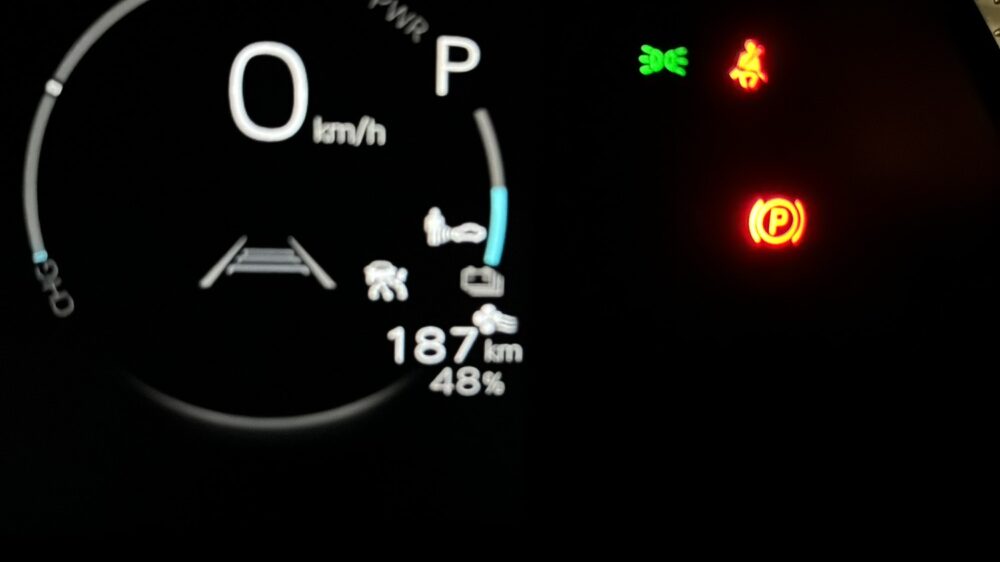
The bz4x seems to have a charging limitation issue, but the car has nothing to worry about due to the low output of the charger and the short distance traveled that day.
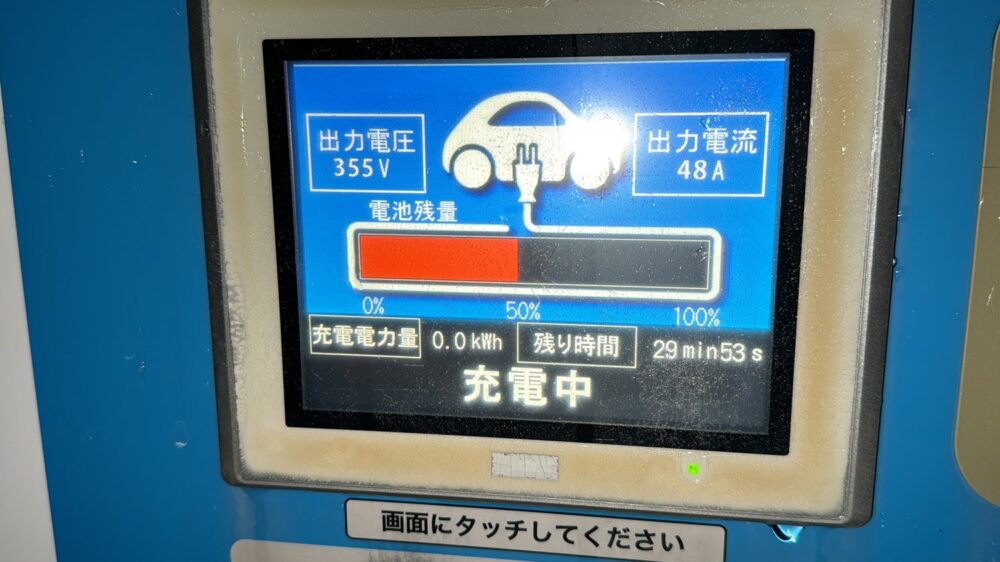
I took a rest in the car. If you are driving long distances, you should take several 30-minute breaks.
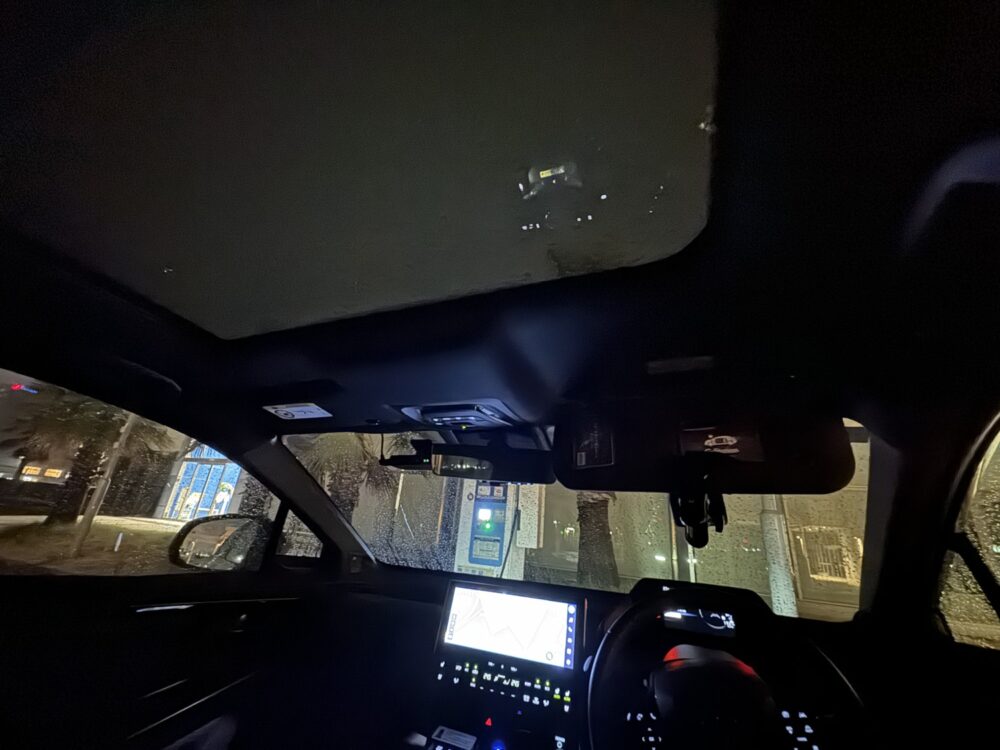
I spent my time in the car using the air conditioner.
Charging finished around 1:34. After 30 minutes, the car’s power was cut off.
It seems that a total of 8.7kWh of electricity has been input .
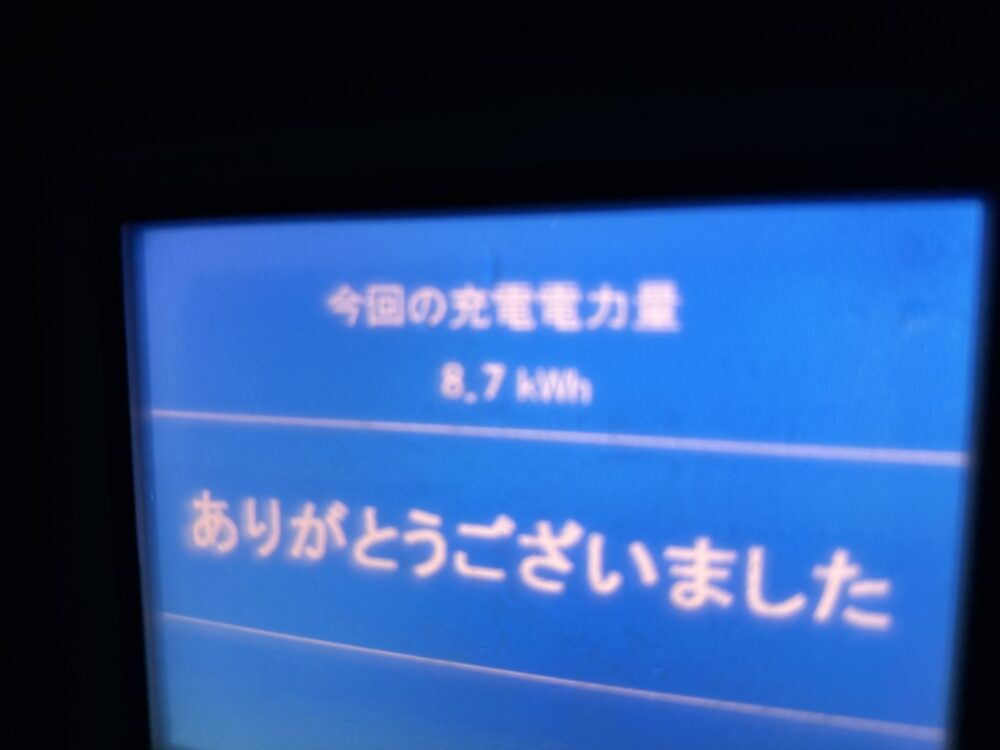
The cruising range display 61% or 226km . is
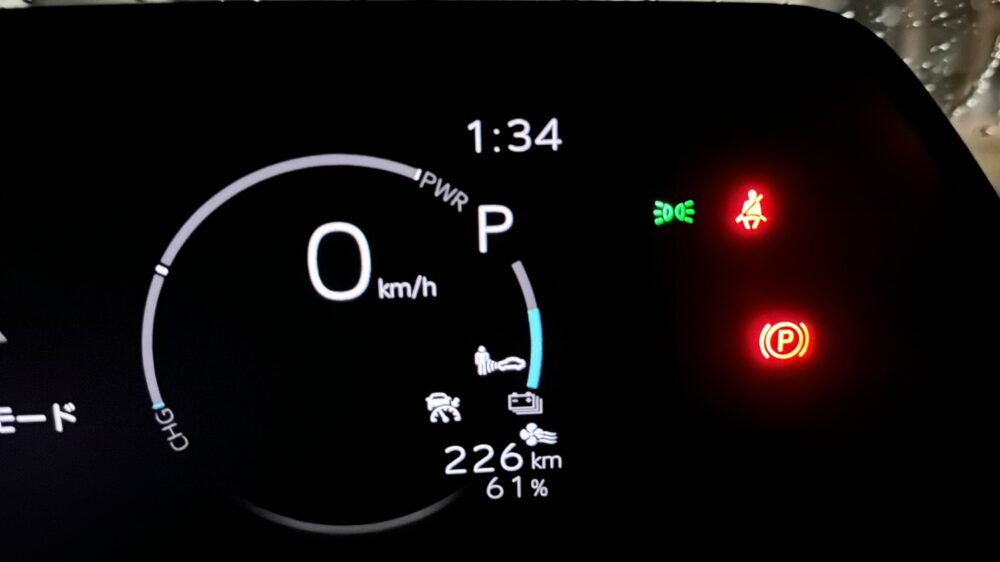
Before charging started, the remaining capacity was 48% and 187km remaining , and after charging 61% and 226km remaining. it was
If we simply compare the two, 13% or 39km we can see that in 30 minutes, electricity is supplied for . No, it’s too little…
Calculate the 30-minute recovery distance at 20kw from the amount of charge, battery capacity, and electricity consumption for each situation.
Now, let’s find out how many kilometers are consumed based on the total amount of electricity input, the total capacity of the car’s battery, and the electricity costs in various situations.
For now, I got 8.7kWh.
the bz4x is 71.4kWh. According to the specifications on the official website, the battery capacity of
The next thing to do is electricity costs, and I’ve prepared several patterns based on the experimental results of myself and other YouTubers.
6km/kWh if you drive at a moderate pace including down roads, 4.5km/kWh if you rush on the expressway, 5.7km/kWh if you drive long distances on the expressway at a moderate pace. If you fly it, it will be 3.79km/kWh.
Based on this electricity cost and battery capacity, the 30-minute recovery distance is calculated.
Battery capacity is 71.4kWh. 8.7kWh came in in 30 minutes.
| driving style | Electricity bill | Cruising distance | 30 minute recovery distance |
| Nominal power consumption | 7.6km/kWh | 542km | 66.12km |
| Relaxing mainly on the downhill route | 6km/kWh | 428.4km | 52.2km |
| Relax on the highway | 5.7km/kWh | 406.98km | 49.59km |
| fly high speed | 4.5km/kWh | 321.3 km | 39.15km |
| Flying at high speed in the middle of winter | 3.79km/kWh | 270.61km | 32.9km |
Recovery distance for each driving condition when charging bz4x for 30 minutes with a 20Kw class charger by Kenji Tomita
I’m tempted to test electricity consumption under more various conditions, but for now, let’s get into the summary.
If you’re driving in a remote area of the countryside where charging infrastructure is poor, you probably won’t be driving so violently that you’re throwing up electricity. , which is between “relaxing mainly on down roads” and “relaxing on expressways”, Considering this, 50km seems to be a good value as a guideline for the 30-minute recovery distance.
The electricity cost decreases by about 15% in the middle of winter, but if you subtract this, the distance is 42.5km.
you can run 40km with just 30 minutes of charging . Even in the middle of winter, it seems like
Since it is so useless, it seems that you will have to use a charger of at least 40~50kw class or higher.
A good rule of thumb is to make sure you have electricity when you’re near a major city or a charger.


